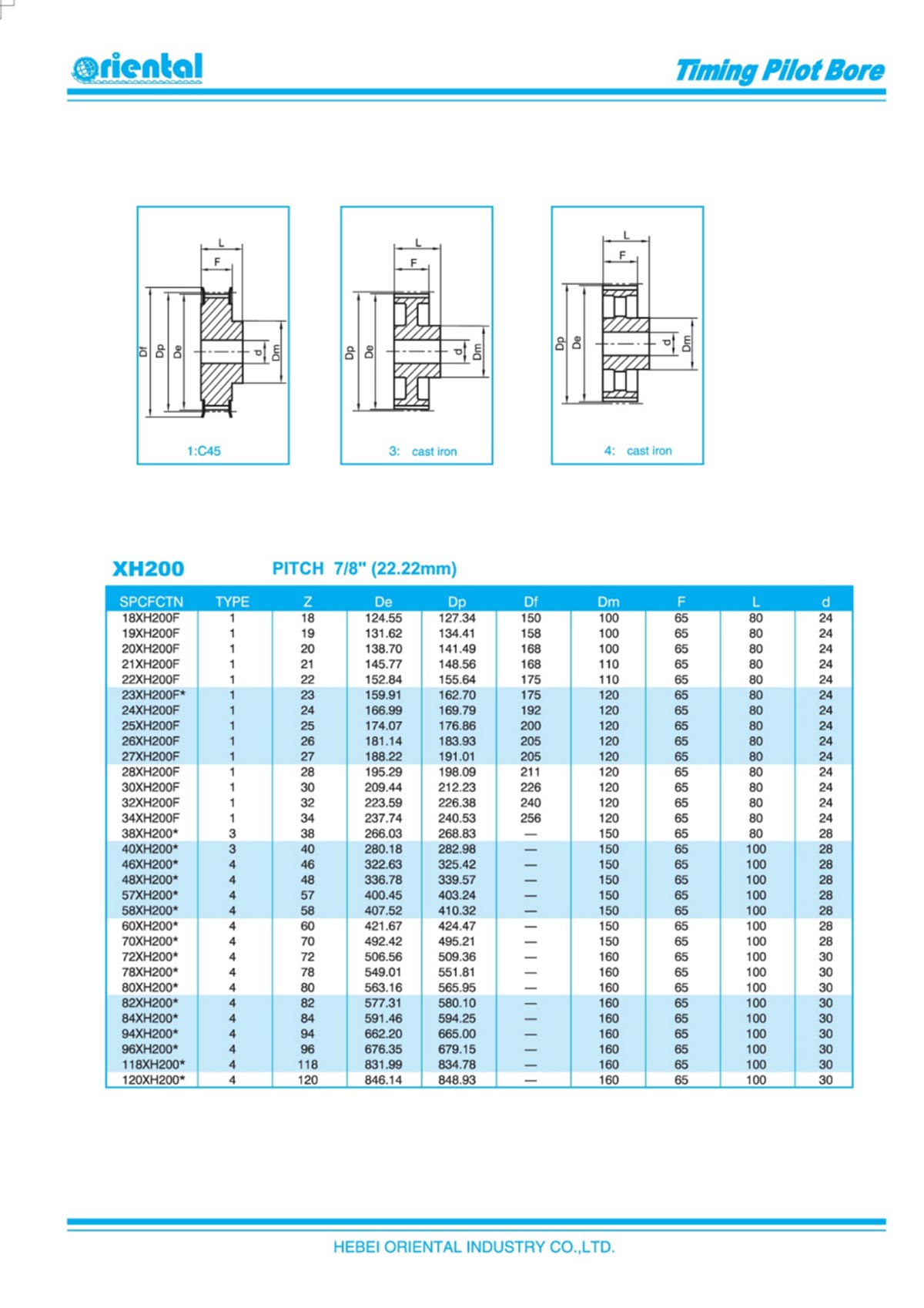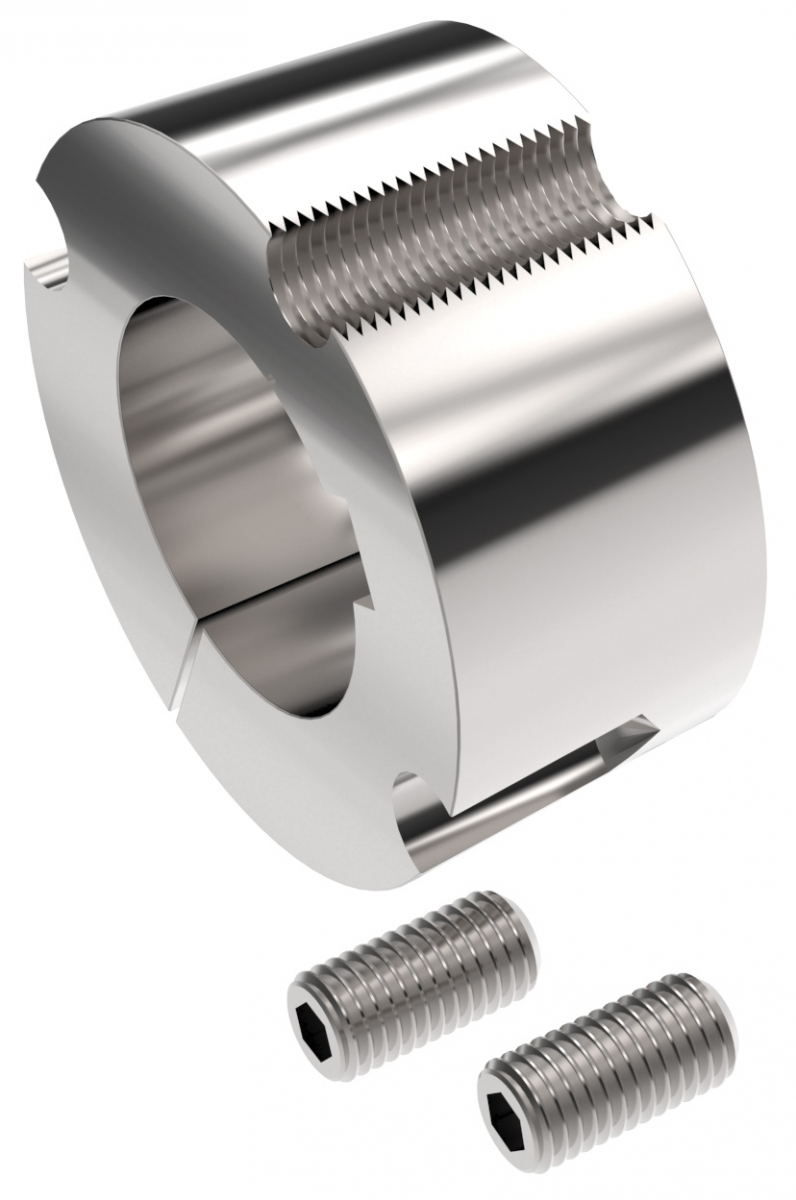Many belt replacement intervals are 100,000 miles or more. Once this mileage is reached, it requires more than a new belt to make it to the 200,000 mile replacement interval. In this video sponsored by Litens, we cover what it takes to reset the belt drive system. Related Articles - The Roads that Connect Us: The Road to AAPEX S2E9 - Why Tire Dealers Need to Fortify Their Data – and How to Do It - The Cordless vs. Pneumatic Tool Dilemma
Rick (Technician): I just need a belt for Mr. Jones’s car. Machining Part

Jeff (Shop Owner): How many miles are on the original belt?
Rick: About 100K, the belt is part of the scheduled maintenance. I checked the service information.
Jeff: Did you inspect everything on the belt drive system?
Rick: Not yet… Let me go check.
Jeff: Rick doesn’t realize that the belt is not the only part that can be worn out. How the belt wears depends on all the components that make contact with the belt.
Jeff: When Mr. Jones bought the car, every component of the accessory belt drive system was new. This includes the belt and automatic tensioner. This is why the maintenance schedule could make the promise that the belt could go 100,000 miles.
Jeff: Now, Mr. Jones has driven 100,000 miles. Not only has the belt worn, but the automatic tensioner has degraded, along with other components on the belt drive system. This is why, for the replacement belt Rick should RESET the system by replacing the tensioner along with the belt.
Most tensioners have two parts that can be worn. The first part is the spring that applies force on the belt. This spring inside can fatigue or break because it is cycled billions of times. The tensioner is engineered along with the engine and the belt drive system. All brands of replacement automatic belt tensioners are not alike. Liten’s automatic tensioners are specifically designed for the unique packaging & operating conditions of each engine & accessory belt layout configuration are recommended & highly preferred. When properly designed and applied, these belt tensioners will provide pre-determined constant tension and variable damping to the belt. The correct amount of tension is critical for the life of the belt. Too little tension and the belt will slip on the pulleys and cause premature wear. Too much tension can also cause premature belt wear, and even damage components like the alternator and power steering pump.
Jeff: Next to the spring is a mechanism that dampens the movement of the automatic tensioner. The parts inside the tensioner create friction that controls the movement of the tensioner’s arm, it is also prone to wear.
Jeff: What if Rick only replaced the belt? Chances are the belt would be quiet when Mr. Jones left, but the belt would wear prematurely and not make it to the next service interval at 200,000 miles.
Jeff: Let’s go see how Rick is doing.
Jeff: Hey Rick, move the tensioner back and forth. How does it feel?
Rick: It definitely feels notchy when I move it. Also, I can feel that when move it past this point, the force required definitely is less.
Jeff: Now spin the pulley on the arm of the tensioner.
Rick: I can definitely hear the bearings making noise, and I can feel movement in the pulley.
Jeff: Another way to inspect a tensioner is to look at the alignment. If the arm is not parallel to the base, the shaft and bushings inside are damaged or worn.
Jeff: Other items to inspect include the Overrunning Alternator Decouple Pulley if equipped, idler pulleys and the alignment of the belt. Don’t forget to examine the condition of the alternator and AC compressor.
Rick: If I had just replaced the belt, chances are Mr. Jones would have returned sooner to have the belt replaced along with other parts of the belt drive system.
Jeff: That is the last thing we want for our customers. We are going to see more higher mileage cars like Mr. Jones’s in the shop that need belt replacement as part of regular maintenance. Many of these late-model vehicles will require additional parts like tensioners and pulleys so the replacement belt can make it to the next interval. It is a win/win for the customer and the shop to renew the belt drive system.
This video is sponsored by Litens.
Kritzer worked his way up from the shipping and receiving department to president and CEO.
When you’ve worked for a company for more than 40 years, you certainly know “where the bodies are buried,” as they say. But more fascinating, you’re a walking history book, seeing the company through its ups and downs, successes and flops and stellar innovations that have defined the next generation of the aftermarket.
Catching oil leak problems early saves customers money and hassle down the road.
Are you prepared to provide the right recommendations and stock the tires EV owners need for their vehicles this winter?
We dive into the facts about tire wear patterns and how they reveal vital information about potential maintenance needs.
Watch us tell the Black’s Tire & Auto Service team that they have been named Tire Review’s 2023 Top Shop Winner.
Autel diagnostic tablets connect directly to EV battery modules, accessing all datastream PIDs for precise diagnostics.
Babcox Media’s Joe Keene enters Iowa on his drive to AAPEX and discovers the charm of small-town America along the Lincoln Highway.
As Joe Keene connects with the Lincoln Highway’s history, Tire Review Editor David Sickels glimpses into the future of automotive technology.

Forging Rail Watch to see how far automotive innovation has brought us to get to where we are today, and where it might take us tomorrow.